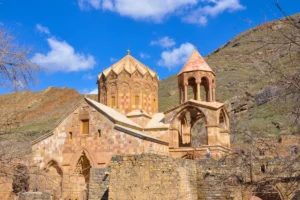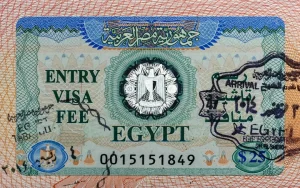Armenian Doulab Cemetery, also known as the Armenian Cemetery of Tehran, is a historic cemetery located in the south of Tehran, Iran. The cemetery is one of the largest Armenian cemeteries in Iran and has been in use for over a century. In this article, we will explore the history of the Armenian Doulab Cemetery and its significance to the Armenian community in Tehran.
History
The Doulab Cemetery has a history dating back to 1855, when Dr. Louis André Ernest Cloquet, the physician of Mohammad Shah and Naser al-Din Shah Qajar, was buried there, opening the way for Catholic burials in Tehran. The cemetery is one of the oldest Armenian cemeteries in Tehran, covering an area of over 47,000 square meters and containing unique tombstones and a small church named Madur.
The cemetery has a rich history and has been the final resting place of many prominent members of the Armenian community in Tehran. The cemetery is also home to several mausoleums and memorials, including a monument dedicated to the Armenian genocide.
In addition to the Armenian community, the ownership and management of the cemetery are shared with some foreign embassies. Notably, the Polish section of the cemetery is significant, as it is the burial site of Polish refugees who took refuge in Iran during World War II. The graves in the cemetery are marked with tombstones that are inscribed in Armenian script, as well as some that are written in Farsi.
Significance
The Armenian Doulab Cemetery is an important cultural and historical landmark for the Armenian community in Tehran. The cemetery is a testament to the enduring presence of the Armenian community in Iran, despite the challenges and hardships they have faced over the years.
The Armenian community in Iran has played an important role in the country’s cultural and social life, and the cemetery is a tangible reminder of this connection.
In addition, the cemetery is a valuable resource for historians and researchers interested in the history of the Armenian community in Iran. The tombstones and memorials in the cemetery provide a wealth of information about the lives and experiences of Armenians in Tehran over the years.
Take part in our guided tours to Armenian Doulab Cemetry, providing you a nice visit with a deeper understanding of the cemetry’s history and architecture.
Preservation efforts
Over the years, the Armenian Doulab Cemetery has faced a number of challenges, including neglect, vandalism, and encroachment. In recent years, however, there have been efforts to preserve and restore the cemetery.
The Armenian community in Tehran has played a key role in these preservation efforts, working with local authorities and international organizations to protect the cemetery and ensure its long-term survival. In 2019, for example, the Armenian community in Tehran organized a cleanup and restoration project in the cemetery, which was attended by volunteers from across the city.
In addition, there have been efforts to document and catalog the tombstones and memorials in the cemetery, in order to preserve the historical and cultural significance of the site for future generations.
Last word
The Armenian Doulab Cemetery is a unique and important cultural and historical landmark in Tehran. It is a testament to the enduring presence of the Armenian community in Iran. The cemetery has faced many challenges over the years, but through the efforts of the Armenian community in Tehran and the support of local authorities and international organizations, it continues to stand as a vital and vibrant part of the city’s cultural and historical heritage.
Let us know your ideas and comments about this cemetry in the comment box below, we will be happy to hear from you!


















